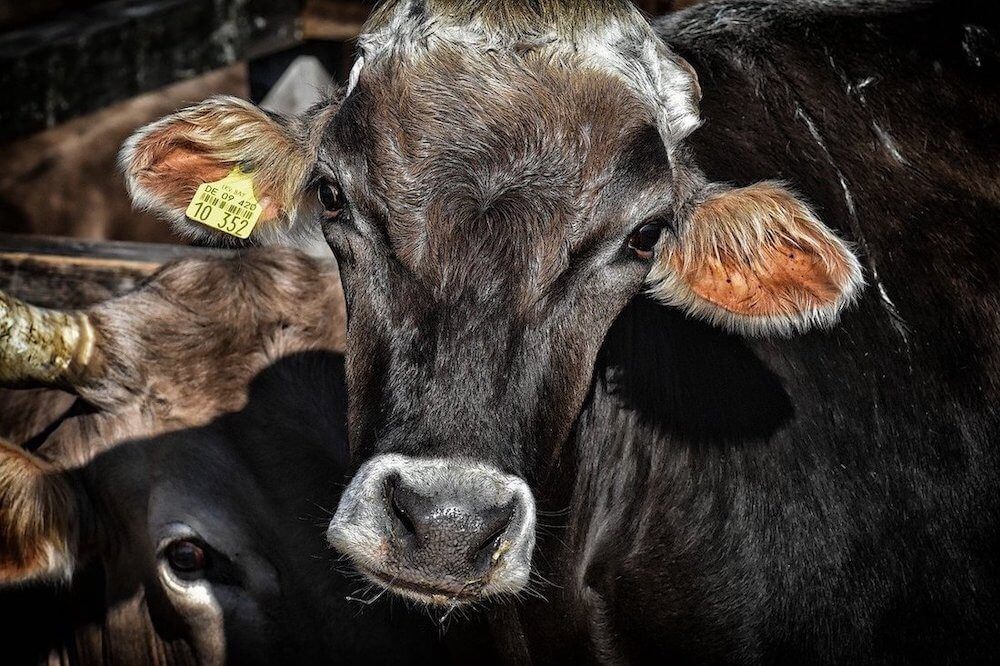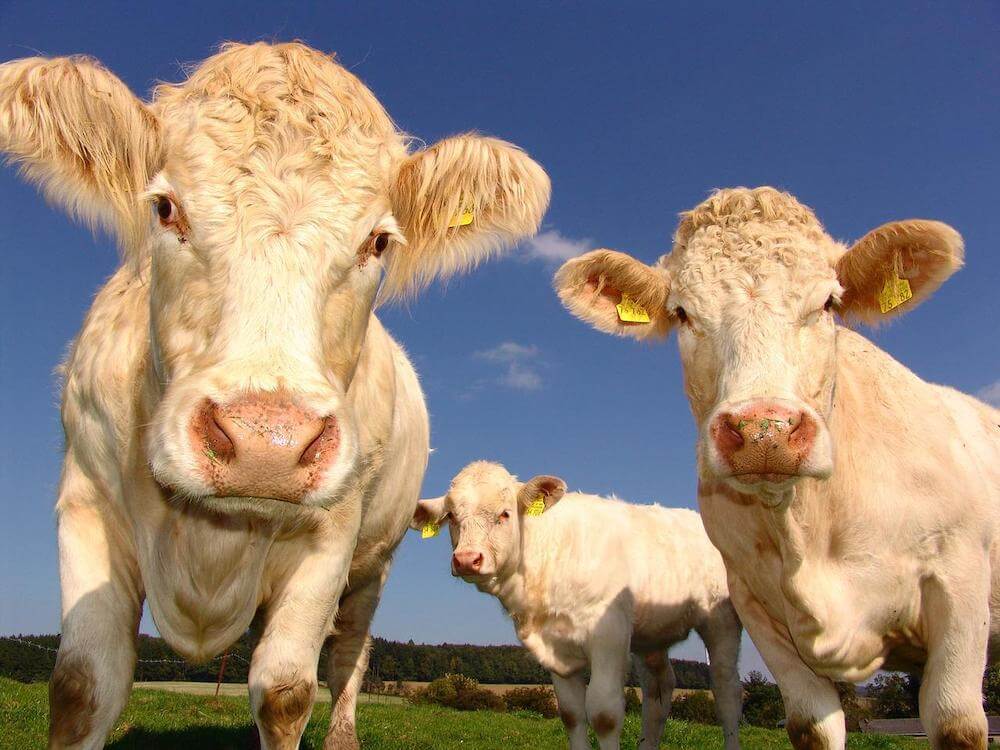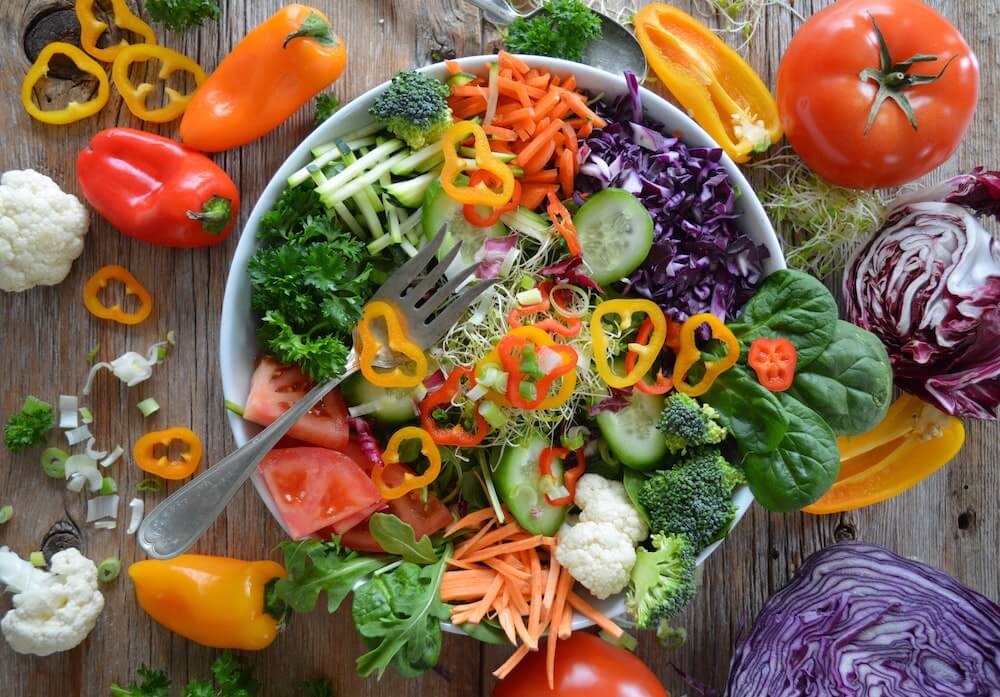So you want to go shopping but you’re not sure what to put on your list. This healthy gluten free vegan whole foods shopping list will take the hassle out of going to the shops to stock your kitchen for a week of healthy eating.
Simply go through the list and tick off any items which you already have in stock. Next, choose which items from each group you’re going to buy that particular week.
Finally go shopping with your list in hand and stock up for a healthy tasty week of eating whole foods plant based meals.
Remember that you can reduce the amount of plastic waste in your home just by choosing vegetables that aren’t wrapped in plastic as well as switching out certain products for more environmentally friendly choices.
And the WFPB vegan diet doesn’t include processed foods, so you won’t find any imitation meats on this list.
You’ll never look back!
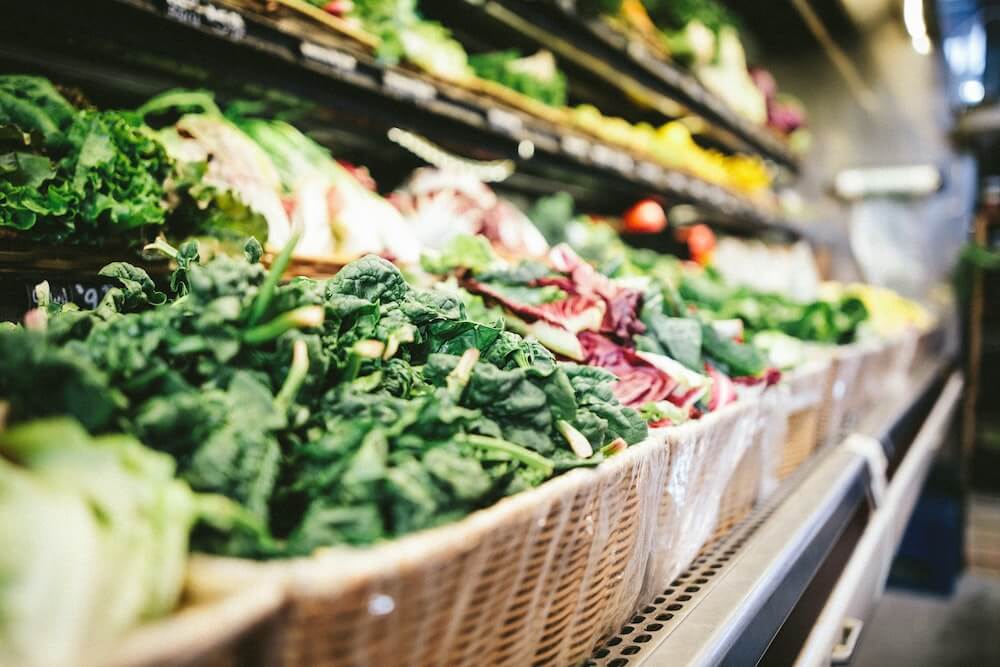
Table of Contents
Making the Leap to Healthy Vegan Eating
I remember how long I needed before I took the leap to actually embracing a fully vegan whole foods diet.
But that’s natural.
Whenever you decide to make huge changes in your life, you’ll normally go through an incubation period while you adjust to the new idea at a subconscious level, and that part of the journey is essential if you’re to succeed in your chosen new habits.
Some people will find that they make a decision for change and then jump straight into it.
But that often leads to disappointment and struggle all the way.
This can happen when you only change your beliefs on a conscious level and subconsciously you still want/crave the very thing they’ve decided to change.
When done right, when you really don’t want to do something, you won’t feel like you’re missing out (at least most of the time) because both your conscious and unconscious mind agree that you no longer want what you’ve decided not to eat (or drink, or do, or whatever).
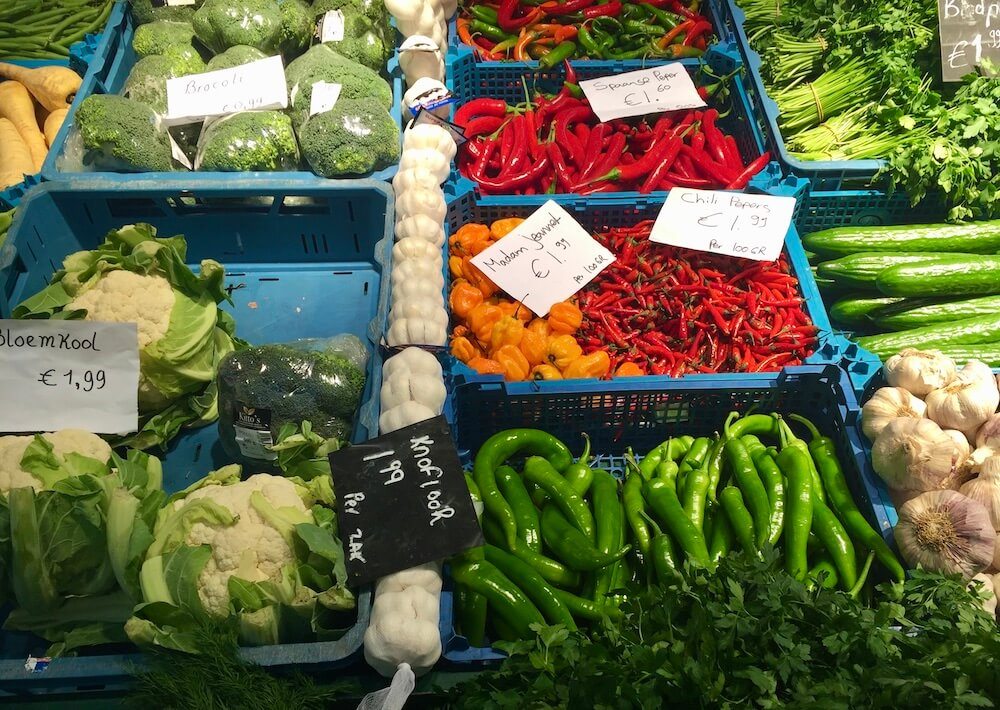
Therefore, it makes sense in the long run to lay solid foundations in the beginning and take the time to work more on your beliefs than on your physical action.
Never use the term ‘give something up‘ because that implies you’re missing out on something. You aren’t giving up meat, you’re becoming free from meat and gaining supreme health via a vegan whole foods way of living.
See the difference? One is focussed on what you’re gaining and the other is focused on what you’re leaving behind.
Take it step by step and never beat yourself up.
If you do something which you wish you hadn’t done, see it as an opportunity to reinforce your subconscious beliefs about what it is you really want.
It’s simply part of the journey.
You can read more about this in this simple guide to going vegan and these essential hacks for transitioning to a vegan lifestyle.
So, you’ve made the decision to embark on your journey of peace and health, welcome aboard! I’m sure you won’t regret it.
Actually, you may well feel so good you’ll wonder why you didn’t do to sooner.
But you know what? This is exactly the right time.
So never regret the past. Just get excited about the present.
If you have questions, you might like to read more in this guide to a vegan whole foods plant based diet.
How to Use This Healthy Gluten Free Vegan Whole Foods Shopping List
If you’re new to a gluten free, vegan, whole foods plant based lifestyle, the first thing to do is decide what is actually right for you.
Are you going to go the whole way in one leap? Or simply start slow and build on that, day by day?
For most people, it’s easier to change one thing at a time.
Perhaps your end goal is to be completely wfpb (congratulations if that’s so) or maybe you just want to start a positive lifestyle change and go slow.
Perhaps you’re planning to keep eating gluten, or to include oil in your diet?
The shopping list will be the same except for the inclusion of oil or for switching the gluten free items with their gluten-containing counterparts, if you wish.
All of your decisions and goals will affect the way you approach your new lifestyle.
But whatever your decision, be flexible along the way and congratulate yourself for your progress.
Start using the shopping list as a basis for your shopping, choosing the items which resonate with you.
In the beginning, you don’t have to only buy what’s on the list, you can also add some non-wfpb foods, but gradually you’ll find shopping this way is so easy and pleasurable you won’t need to add the extras.
It’s a great freedom to walk into a supermarket and see all the marketing packagings, unhealthy food promoted in aisle after aisle of false promises, and you know that all you need is to pick up some rice, beans and veggies and be on your way.
There are notes on the list for shopping on a budget if you want to keep the costs down. Eating a vegan whole foods plant based diet can be much cheaper than a more traditional diet because you’re no longer buying some of the most expensive food categories (meat, fish, cheese, dairy, processed foods).
Read the notes here in the article and then you can print off the bare shopping list.
Accept Imperfection as Part of Who You Are
You’re embarking on a life-changing process which can prolong your life, promote health, reverse chronic disease and make a positive impact on the environmental issues that our world faces today.
And perhaps even more importantly, you are saying NO to animal abuse.
You are invincible!
So don’t go focussing on your slip-ups.
Mistakes are a part of every single journey in life and this one will be no different, so allow yourself to slip up without beating yourself up.
After all, every step of the way brings you closer to who you want to be.
You are becoming ‘free’ – meat free, dairy free, gluten free, oil free, sugar free . . .it doesn’t matter if you slip up along the way.
You are gaining, gaining, gaining!
Some people think this way of eating is restrictive, but they have no idea that in fact the truth is completely the opposite – eating this way is liberating.
What to Eat on a Healthy Gluten Free Vegan Whole Foods Diet
Whole Food is Real Food
The WFPB diet includes all foods which are whole foods or ‘real foods‘, meaning there’s no ingredients list.
An avocado is an avocado, so it’s a whole food or real food, while shop-bought guacamole that has a list of additives and ingredients, isn’t a whole food.
However, it’s not always that simple.
For example, olive oil is olive oil, so you’d think it were a whole food or real food, right?
Well no, actually. Olive oil is a processed and refined food, so although it may not have a list of ingredients, it still isn’t a whole food.
Olive oil is a much better product than a blended cooking oil for example, but processed oils aren’t included on the WFPB diet because they are a) highly refined and b) the amount of calories which they supply is out of balance with the nutrition they proport.
Raw olive oil may not seem to be harmful for you, but it is unnecessary for your health and offers high calories which are empty of nutrition.
And as everybody knows, cooked oil becomes an unhealthy food and fried foods are best avoided where possible.
For more on what to eat as a vegan, see the vegan FAQ and surprisingly non vegan foods.
How to Change Your Habits to Eliminate Oil (If You So Choose)
Don’t panic. Take things easy. Go step by step.
If you aren’t ready to give up oil just yet, don’t. It’s as simple as that. But when you DO feel like experimenting with oil-free cooking, you’ll be surprised at how easy it is to fall in love with oil free salads, oil free stir fries etc.
The secret to success is to aim for realistic goals.
Even when you’ve successfully cut fried foods and oil out of your diet, you’ll most probably still eat oil when you’re eating out. Oil is something you can eliminate from your home but accept when you’re out, for example.
Steps to becoming oil-free
- Remove processed foods from your diet and get used to eating a whole foods plant based diet before you even try to reduce your oil consumption.
- Next, cut out the deep fried foods completely. This should be fairly easy if you’re already eating wfpb vegan food.
- When you cook the base of a sauce using oil, opt for as little oil as possible, like a teaspoon. If the food sticks, use a tablespoon of water to release it.
- At this stage you can still include a little raw oil in your salads but become aware of the quantity and start reducing the amount of oil you use.
- Once you’re comfortable with the above steps, the next stage is to remove fried foods from your diet completely and start experimenting with oil free cooking. For a stir-fry, use a little water instead of the oil. For roasting, roast the veggies bare or in a little lemon juice. Get an air fryer and fry things in that with no added ingredients. You’ll find that once you get used to the switch, the taste is incredible.
- After cutting all forms of cooked oil, start to experiment with oil-free dressings, dips, etc.
- Finally cut out both raw and cooked oil and replace them with water-fried foods and oil-free sauces and dressings.
- Enjoy the benefits of oil free living!
Healthy Gluten Free Vegan Whole Foods Shopping List
This list only contains gluten free items. Feel free to add the gluten version if necessary.
Within each group, choose a few which you fancy and buy those. You don’t need to have everything that’s on the list.
In each group there’s an option for shopping on a budget.
Gluten Free Grains & Seeds on a WFPB Diet
There are more grains you can experiment with in the future if you like (buckwheat, millet) but these are the three staples and the ones I recommend you start out with.
- On a budget: Choose wholegrain rice and white quinoa for the most economic option.
Beans & Lentils on a WFPB Shopping List
Beans and chickpeas form an important part of a vegan wfpb diet and are a great source of nutrient rich protein, so be sure to include at least two from the list below.
You can add them to salads, make tacos, chilli-sin-carne, hummus, stews . . . the list is endless once you get used to using them. Include them in your daily meals for a completely balanced meal.
How to Buy Your Beans and Chickpeas
You can buy beans and chickpeas in a jar, in a tin or dried.
Dried is by far the cheapest option as well as being the most nutritious way to include pulses in your diet.
For convenience, you might opt for the tinned or jar version. These vary from make to make and country to country. I don’t recommend buying pre-cooked lentils as they have nowhere near the flavour of home cooked lentils.
For the beans and chickpeas, I really recommend investing in a rice cooker, pressure cooker or slow cooker and cooking your own pulses at home.
If you don’t have any of those methods available to you, you can also boil beans in a pan, though this will take longer and is slightly more laborious.
- On a budget: choose dried chickpeas, mung beans, borlotti/kidney beans and Pardina or beluga lentils.
Nuts & Pine Kernels
Nuts are included on a WFPB diet, but not in excess. Just a handful of nuts each day is enough. They are packed with nutrients and high in fat and protein.
- On a budget: opt for cashews as you can make all the sauces and cheeses with cashews and walnuts for their brain-boosting powers and for adding to salads.
Vegetables on a WFPB Diet
All vegetables including root vegetables are included on a WFPB diet, so eat your heart out! Vegetables are my all time favourite food without a doubt.
Where possible, buy your veggies from a vegetable shop where you’ll find fresher produce and more options of organic varieties.
Supermarket vegetables are not as nutritious because they’ve been stored in fridges already before they reach the shelves so wherever possible go for home grown or locally produced options.
Choose at least one from each group and vary it from week to week. Remember the expression ‘eat the rainbow’ which basically means that each colour brings with it different phytonutrients so try to include a range of colours in your meal.
Root vegetables
Leafy Vegetables
Other Vegetables
Base Foods
These foods are traditionally the base of many meals, especially when you use frying in your cooking. I’ve found that since giving up oil I use much less of all of these.
On a budget: none of these are essential items and can be omitted from your shopping list if you’re eating oil free.
Basic Spices to Keep in Your Cupboard
On a budget: stick to some chilli powder, turmeric and cumin.
Fresh Herbs
Fresh herbs can add such a delicious flavour to your food and can often be home-grown, making them a cheap option.
On a budget: grow your own herbs.
Dried Herbs
Dried herbs are handy for adding to cooked sauces for extra flavour.
Dried herbs aren’t really expensive and they last a long time, making them a worthwhile thing to stock in the cupboard.
Other
These items are more expensive but worth it. The tahini can be used in so many ways, is nutritious and healthy, not to mention tasty. And it lasts a long time, so when you work it out, it isn’t so expensive after all. Don’t skip the tahini!
Nutritional yeast is really handy for adding a cheesy flavour to foods and sauces or for making vegan parmesan or other vegan cheeses. Well worth including in your shopping list. You can get it cheaper if you buy it in a bigger bag.
When you buy peanut butter make sure you read the label and choose one which is 100% peanuts as many brands
If you’re on a budget, miso can be omitted from the list, as can tempeh, because of their higher price (although tempeh’s absolutely delicious as a treat and very good for your health).
Opt for plain, organic, firm tofu and it works out excellent value for money. Make sure it doesn’t have any extra flavourings which can mean it contains gluten (and other nasties).
Sauces
Choose at least one of each or more for convenient condiments for making dressings.
Seeds etc.
The whole flax seeds are essential in my kitchen and a great source of omega 3. Plus they work wonders on the gut and taste delicious sprinkled on top of your salad.
The rest of the seeds are more of an optional treat for sprinkling.
Chia seeds are great when you want to make a chia seed pudding.
Cupboard Stock
Sometimes it’s useful to be able to open the cupboard, grab a packet of noodles and whip up a noodle with vegetables meal in just a few minutes. Or a pasta with tomato sauce.
For that reason, it’s handy to stock a few of those items.
Flours
Dairy Replacement
Generally you may like to choose one type of plant milk for simplicity, or you might like one better in coffee and another one in cooking for example.
Frozen Veg
There’s no end to the vegetables you can buy frozen but most of them don’t compare to fresh vegetables in terms of taste. I find peas and edamame beans are the only two veggies that I like to stock in my freezer but feel free to add more if you need some convenient instant veggies on hand.
Fruit
You can buy and eat any fruit that takes your fancy. These are just a few suggestions. Bananas, apples and nectarines are all useful for adding in little slices to a big mixed salad.
Sweet Things
Not Sure How to Start? Watch this Video By Dr. Laurie Marbas
I hope you enjoyed this article on what to put on your healthy gluten free vegan whole foods shopping list!
